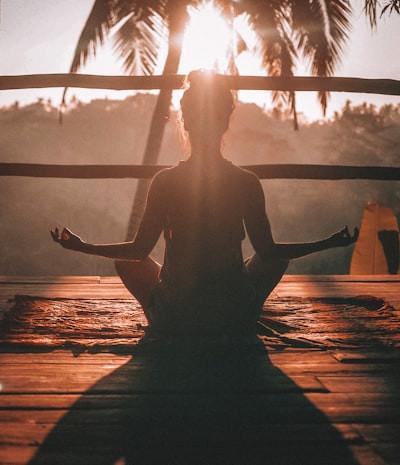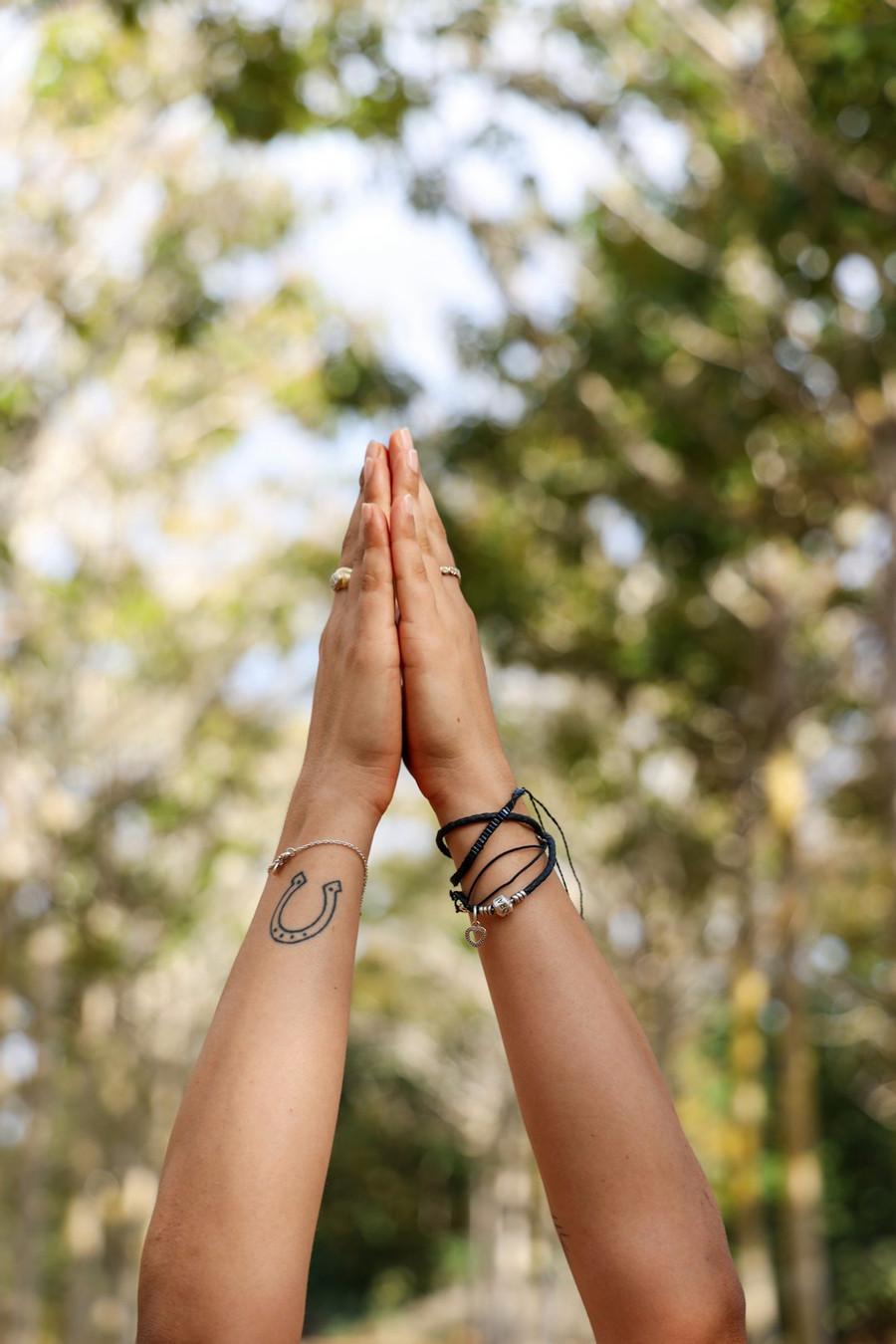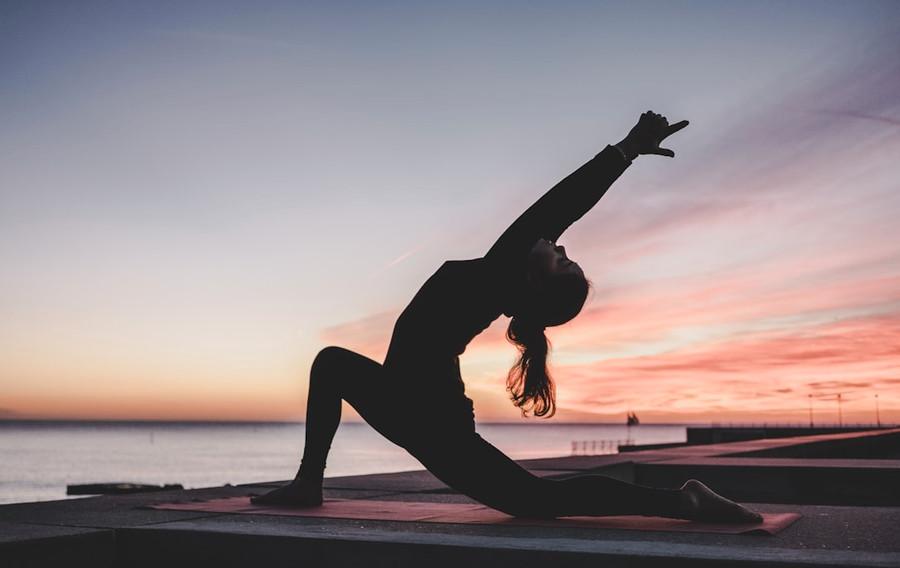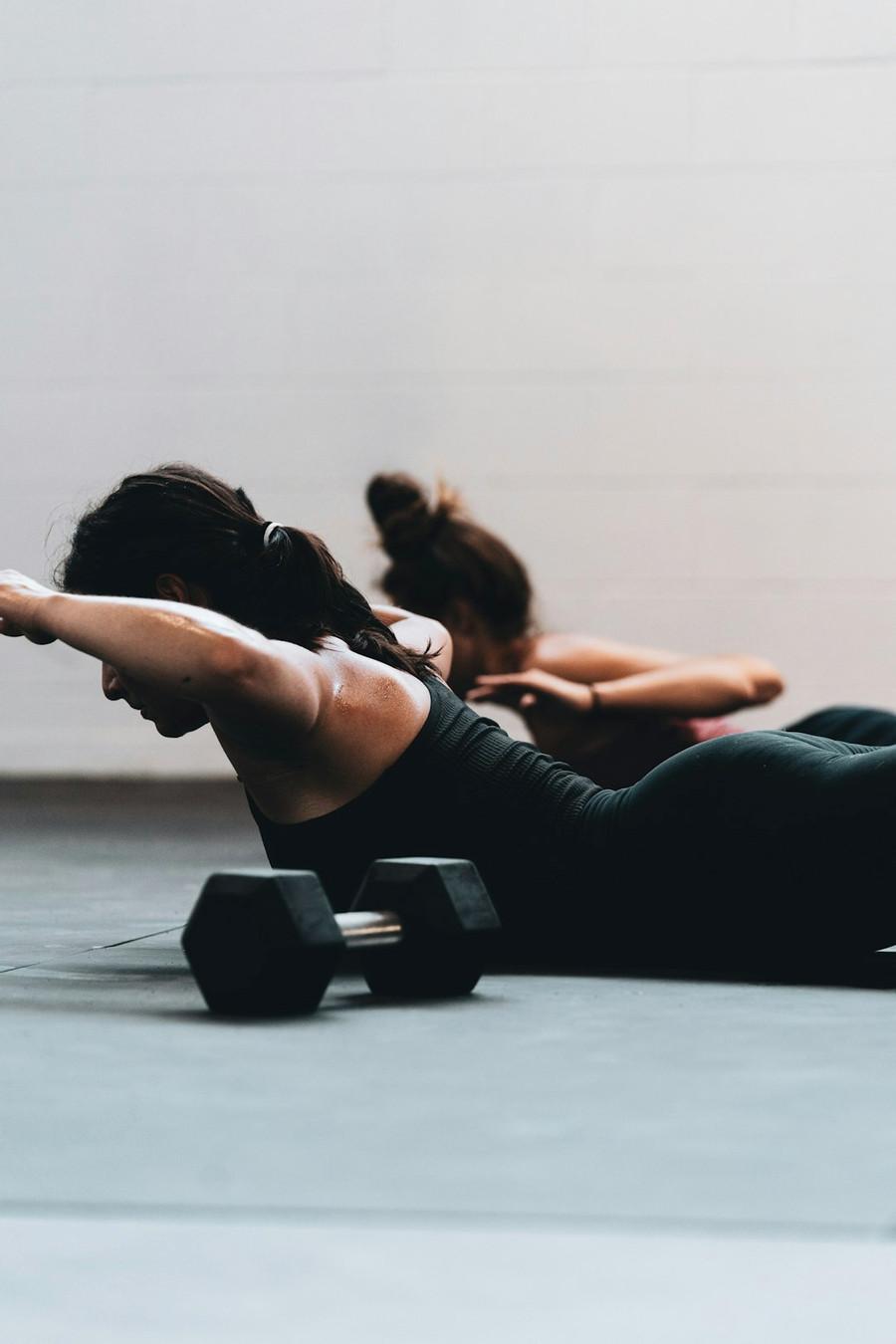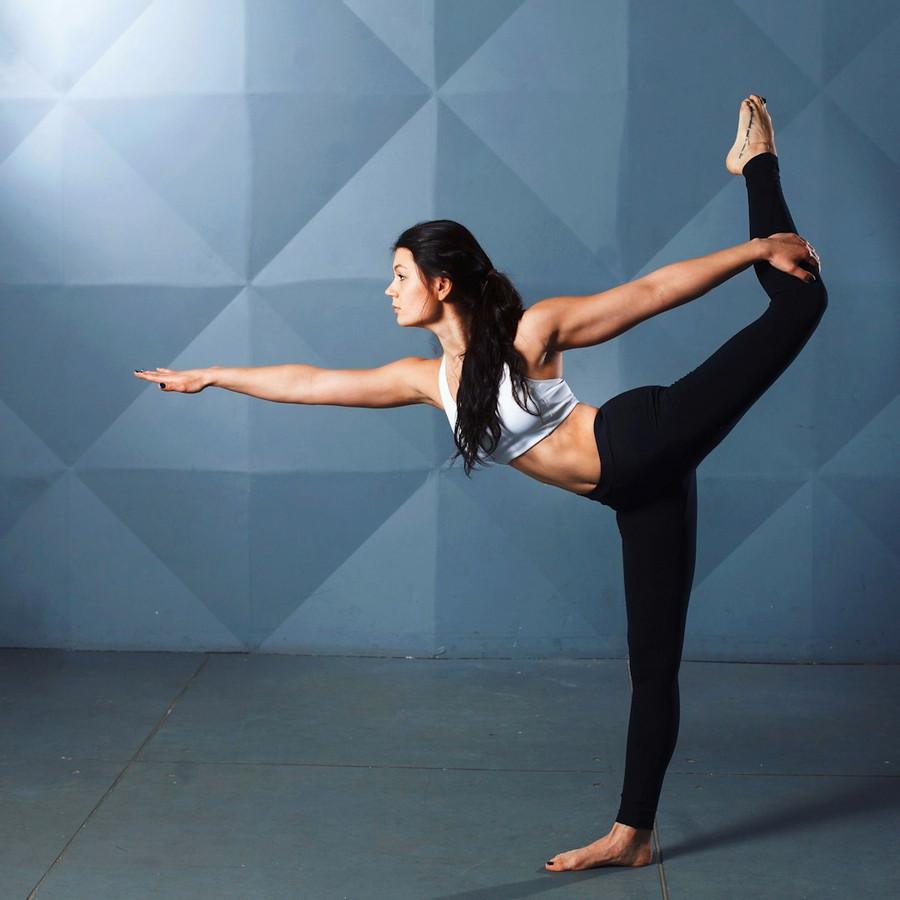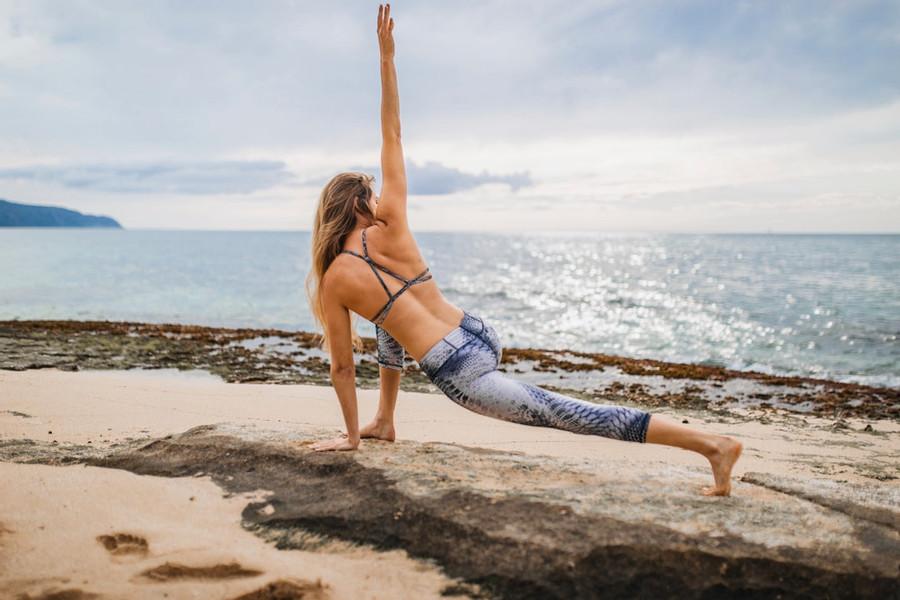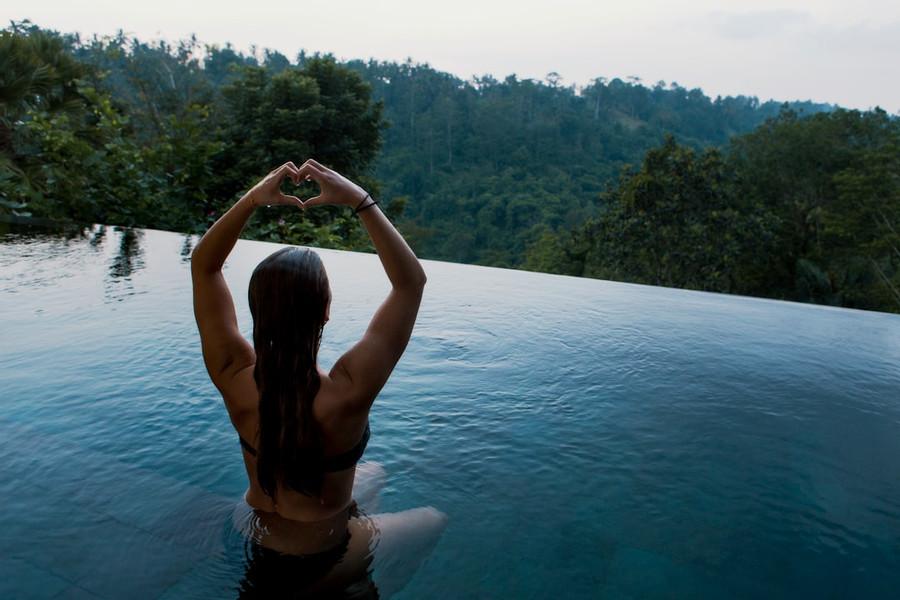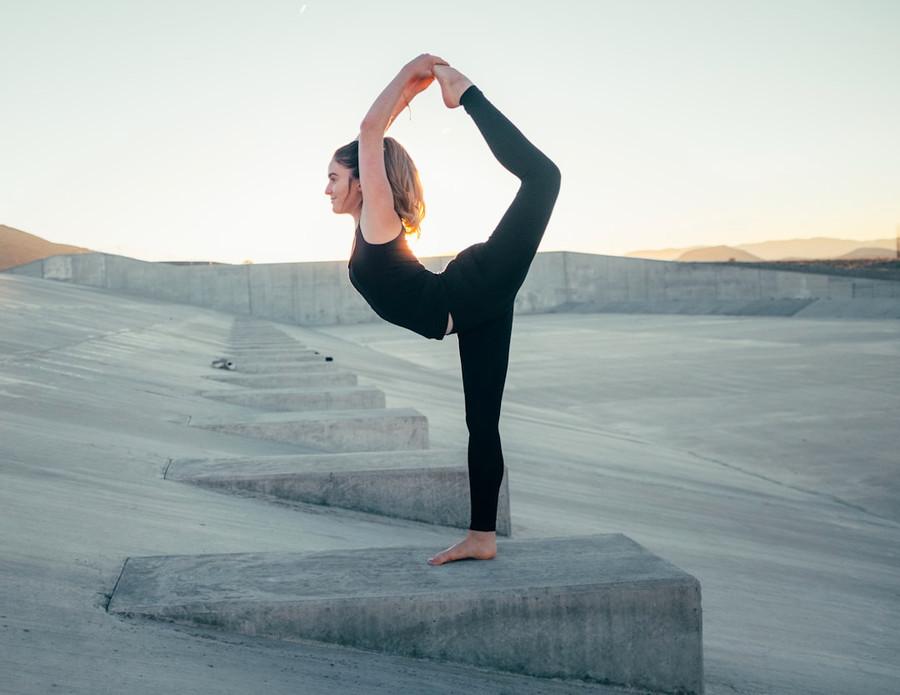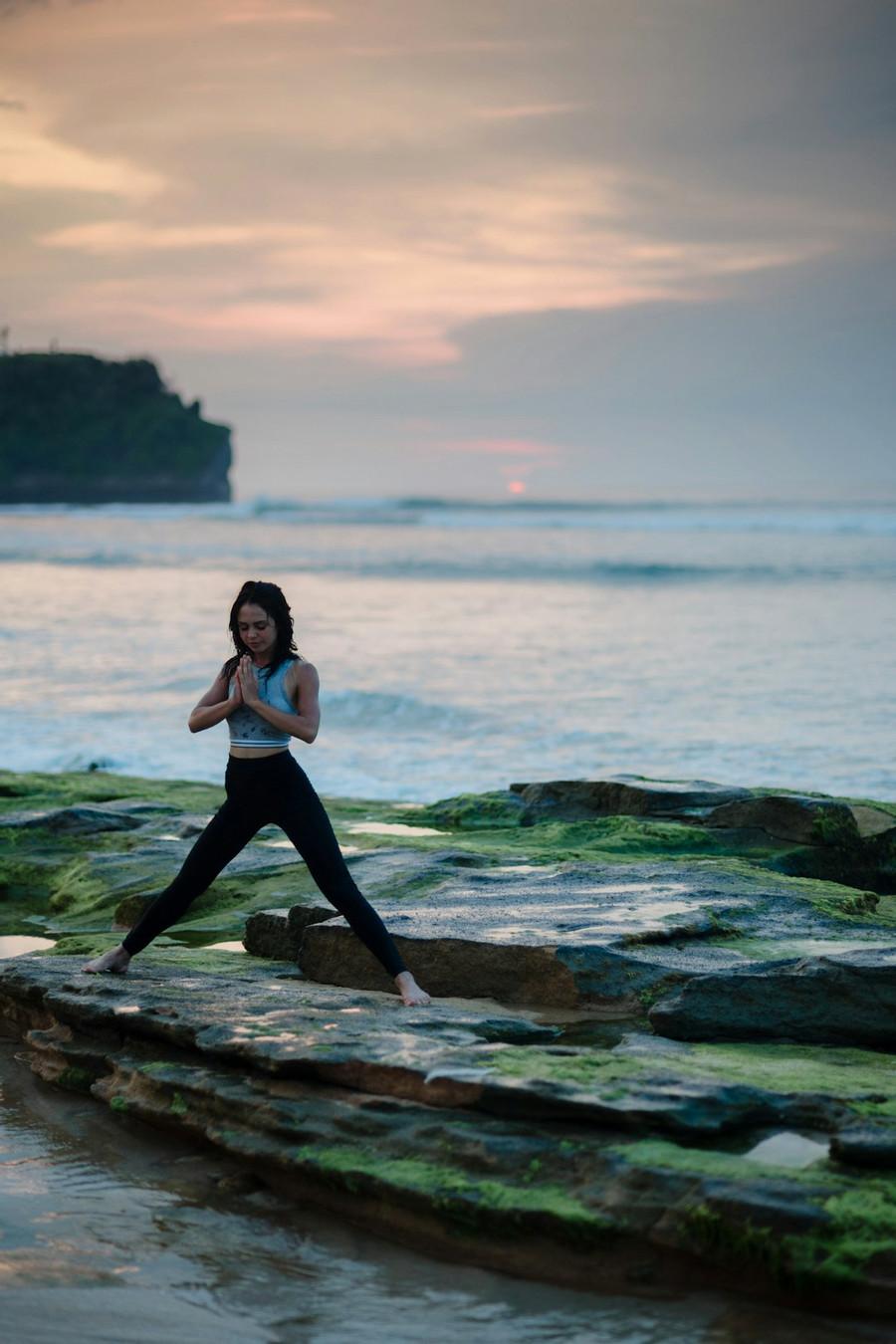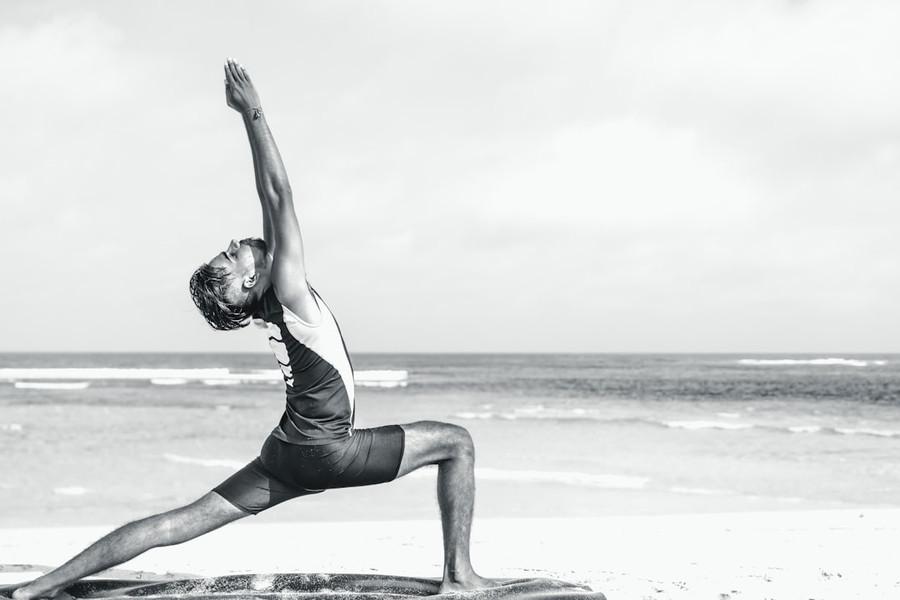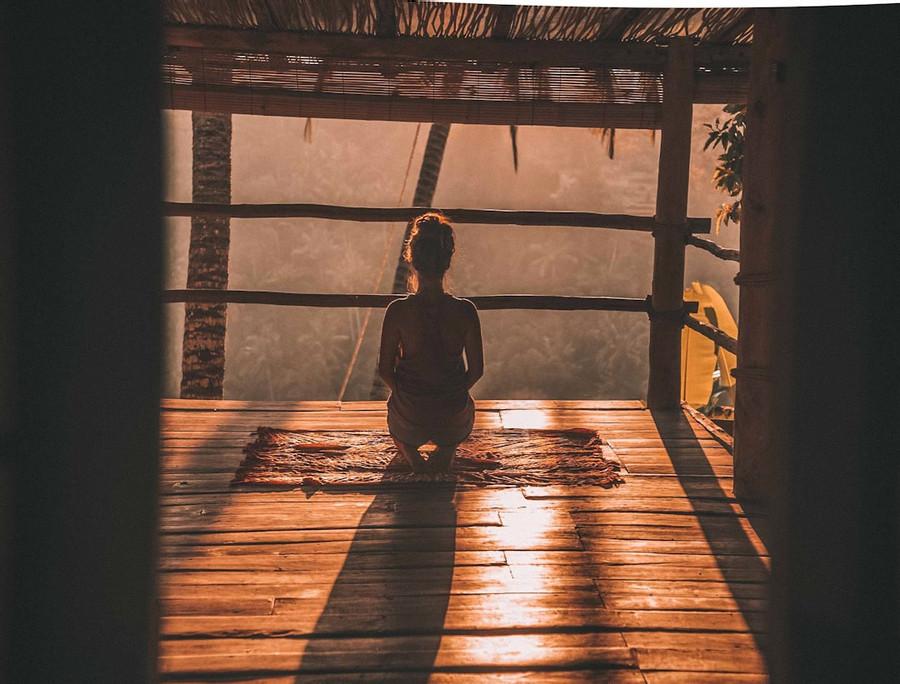The key differences between Yoga and Pilates
Curated from: harpersbazaar.com
Ideas, facts & insights covering these topics:
14 ideas
·1.69K reads
12
Explore the World's Best Ideas
Join today and uncover 100+ curated journeys from 50+ topics. Unlock access to our mobile app with extensive features.
Yoga and Pilates offer connection to the body and stress relief, to developing flexibility, strength, control and endurance. There are countless interpretations of both disciplines (and one person’s balance class is another person’s cardio) but what links them both is breath work.
Put simply, “the biggest difference between the two, is the emphasis on the spiritual side in yoga classes.”
15
177 reads
“Yoga is a spiritual philosophy: the physical practice makes up only one of the eight parts (or limbs) of the yoga path.
The other ‘limbs’ are ethical standards, self discipline, breath, sensory transcendence, focus, meditation and a bliss state where you transcend the self. The last four limbs are involved in meditation.”
15
161 reads
THE ORIGINS OF PILATES
Pilates was created by Joseph Pilates who was an anatomist and a mechanical genius.
“It is a physical system that uses very specific targeted exercises to improve strength, flexibility and posture with particular focus on the core. It is a disciplined practice that needs to be done on a regular basis to provide benefit”.
14
158 reads
THE PHYSICAL BENEFITS
If you’re looking to develop core strength and balance, when practised regularly, yoga and Pilates are both ideal exercises for this.
Given that many of the poses in yoga and exercises in Pilates involve supporting your body weight, they also work various muscles all over your body.
Generally, Pilates is a disciplined practice that requires small movements focusing on various areas of the body.
Whilst Pilates students primarily work on core strength (as noted above), they reap “added benefits of muscle toning, overall strength, body control, and flexibility”.
15
119 reads
Yoga can help increase strength and flexibility through muscles and joints.
“In active, fast-paced classes you are likely to build a lot of heat in the body which has a great regenerative effect” and, of course, you will burn calories."
“In slower practices such as Yin Yoga, where you hold the postures for longer, you begin to work on stretching and moving the fascia which is the deeper connective tissue around the muscles and joints, which ultimately helps with flexibility.”
15
100 reads
THE MENTAL BENEFITS
Research from MindBody shows 70% of those who do Yoga or Pilates say both practices teach breathing techniques that can help to combat feelings of stress and anxiety, while both traditionally encourage students to align the body with the mind and spirit, taking time to focus on self-care.
Being a holistic system, yoga is as concerned with the mind and spirit as it is with the body. As well as being a physical practice, yoga also includes meditation, taking the time to connect with the body, breath and mind, having the opportunity to slow down our busy lifestyles and focus inwards to ourselves”.
14
97 reads
However, Bertali feels that the physical postures in yoga, in addition to the breath work and meditation, can benefit the mind as much.
“Yoga has an extremely balancing effect on the nervous system through the use of deeper breathing. It is a very detoxifying practice through the twists and turns of the postures, helping to bring hydration and fresh blood supply to the organs and joints. The focus and concentration required in some of the postures keeps you very anchored in the moment and out of the distractions of the day, which helps to create a bit of space in the mind.”
14
75 reads
This is true of Pilates, too.
“As Pilates is a slower-paced discipline that also focuses on the breath work, it can be extremely meditative and stress relieving,”
“Pilates joins the body with the mind, it requires good concentration of your body and breath with a deep focus needed for advanced level Pilates all of which can help to boost your mental health.”
It's also likely that with both yoga and Pilates – as one could argue with all workouts – that the simple opportunity to steal some ‘me time’ is another reason they’re celebrated for stress-relief.
14
68 reads
THE REHABILITATION BENEFITS
Both yoga and Pilates are often recommended by doctors and sports therapists as aiding rehabilitation post-injury and also to complement various high-impact sports.
“As they can both be slower, controlled practices, they can be used for rehabilitation for specific injuries through use of targeted postures.
Equally for people recovering from depression or trauma, the re-balance of hormones created via physical movement and breath can have a beautiful calming effect on the body and the mind”.
14
75 reads
Specifically, Simpson feels that Pilates may be more beneficial for recovery, while yoga may help prevent sports injuries and ailments.
“Pilates is a series of targeted movements and adaptable solutions when injury or chronic pain impairs movement and performance. Specifically, Bertali says, “it can have a very restorative effect on lower back pain and poor posture".
“Yoga is fantastic to aid with the stretching of muscles for people who play a lot of sports/run/cycle. Yin yoga would help support these people with their training and recovery to slow down and stretch into targeted areas”.
14
83 reads
THE BENEFITS IN PREGNANCY
With specific adaptations, yoga and Pilates are both considered safe – and highly beneficial – in pregnancy.
One of the most popular prenatal classes, yoga helps to strengthen your core muscles, ease back pain and maintain muscle tone while being a gentle exercise that’s also kind to your joints and helps you to relax.
14
87 reads
Pilates is considered one of the most effective exercises in pre- and postnatal women as it targets the muscles that generally weaken during pregnancy.
Erica Foulds, master trainer at Ten Health & Fitness explains: “During pregnancy, the body is constantly changing. Pilates is an effective and safe way to build the strength and endurance that will help you cope better with those changes. It’s also great for keeping the pelvis strong to assist the process of a natural birth; labour can last for several hours and core muscles will fatigue easily if they have not been trained throughout pregnancy.
13
72 reads
IDEAS CURATED BY
CURATOR'S NOTE
How each discipline benefits your physical and mental health 🧘♂️ 🧘♀️
“
Adila Bibi's ideas are part of this journey:
Learn more about exerciseandfitness with this collection
Cultivating self-awareness and self-reflection
Prioritizing and setting boundaries for self-care
Practicing mindfulness and presence
Related collections
Similar ideas
3 ideas
Why Gain Weight Yoga Is Becoming More Popular - Fitness health byte
fitnesshealthbyte.com
4 ideas
1 idea
Read & Learn
20x Faster
without
deepstash
with
deepstash
with
deepstash
Personalized microlearning
—
100+ Learning Journeys
—
Access to 200,000+ ideas
—
Access to the mobile app
—
Unlimited idea saving
—
—
Unlimited history
—
—
Unlimited listening to ideas
—
—
Downloading & offline access
—
—
Supercharge your mind with one idea per day
Enter your email and spend 1 minute every day to learn something new.
I agree to receive email updates
